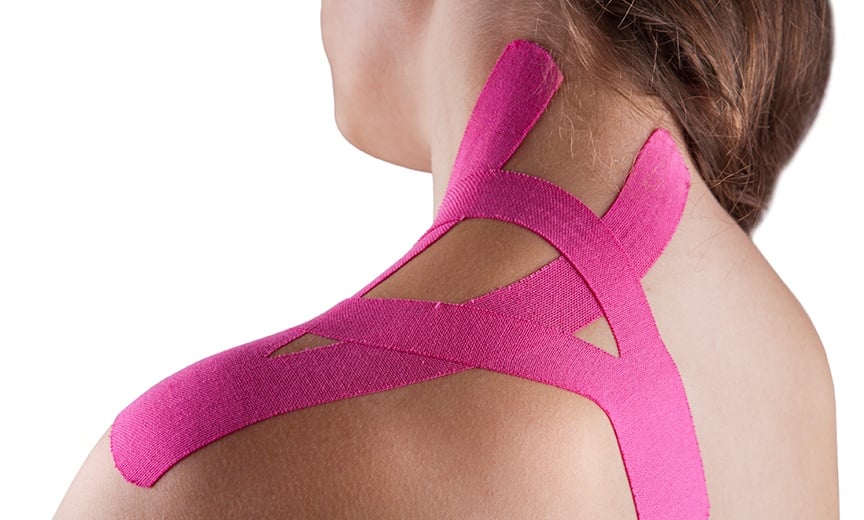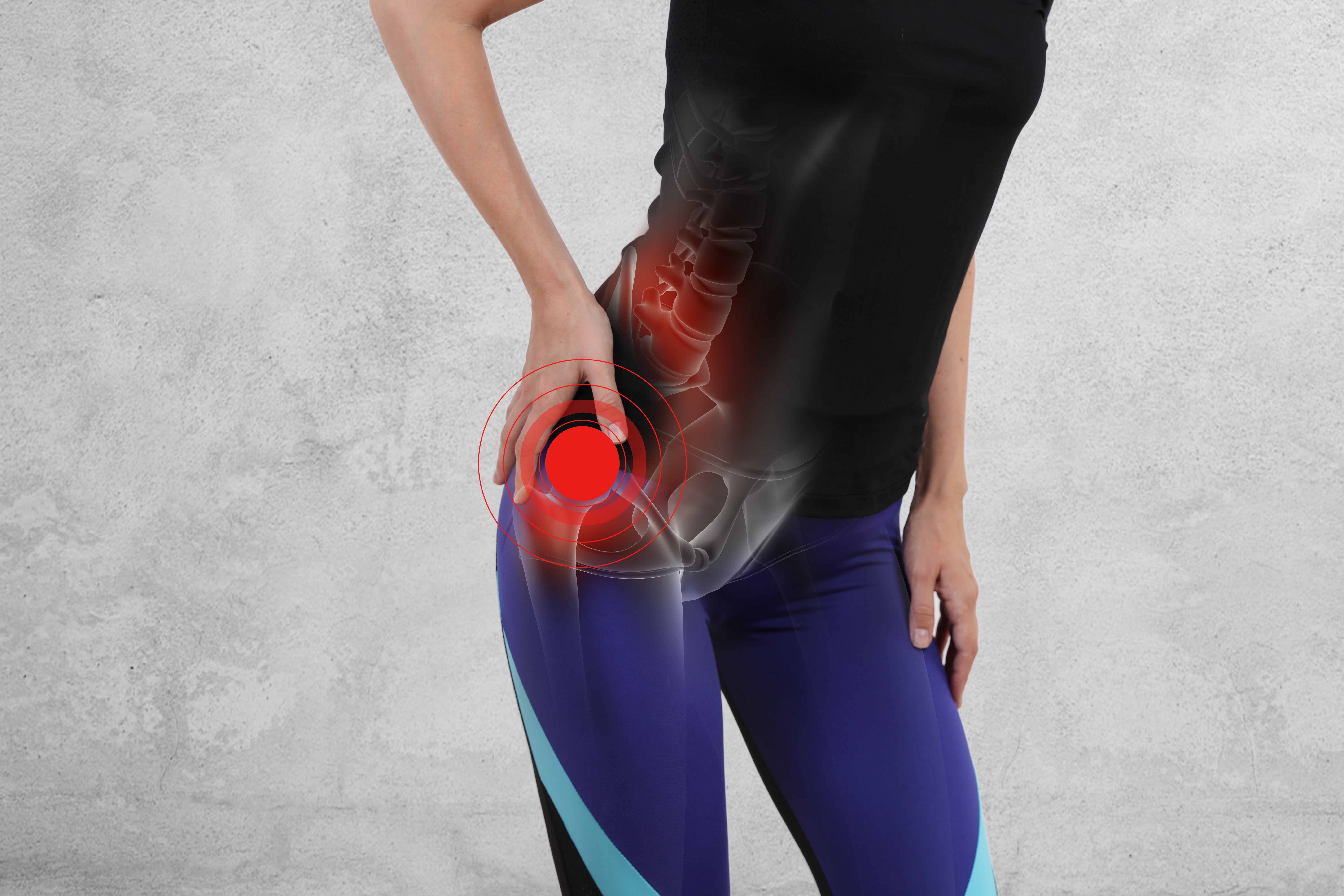Better Together: Taping and Laser
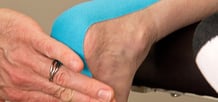 Want to increase stability, reduce pain and stimulate healing in patients with joint and soft tissue pain? You’re right if you say that no one therapy can do all of that. But like many things, two are better than one, and in this case, that’s taping and low-level laser therapy.
Want to increase stability, reduce pain and stimulate healing in patients with joint and soft tissue pain? You’re right if you say that no one therapy can do all of that. But like many things, two are better than one, and in this case, that’s taping and low-level laser therapy.
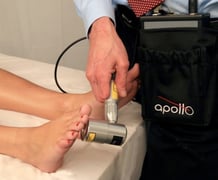 Research shows that both taping and laser can enhance the rehabilitation of an injury and produce faster results. And taping when combined with laser increases the efficacy of both modalities. In fact, I almost always will combine laser with taping, and I use this combination in about 70 percent of my patients. Patients who respond well to laser and taping include those who present with a wide variety of orthopedic and sports-related issues, including sprains and strains, mechanical and hypermobility problems, general overuse issues, cramping and pain.
Research shows that both taping and laser can enhance the rehabilitation of an injury and produce faster results. And taping when combined with laser increases the efficacy of both modalities. In fact, I almost always will combine laser with taping, and I use this combination in about 70 percent of my patients. Patients who respond well to laser and taping include those who present with a wide variety of orthopedic and sports-related issues, including sprains and strains, mechanical and hypermobility problems, general overuse issues, cramping and pain.
Using Tape and Laser: A Practical Guide
Does the brand of tape matter? Not really, but you’ll want to choose a high-quality tape since those are less likely to irritate the skin and have more breathability. High-quality tapes also last longer for long-term applications of a week or more. Some products offer a difference in the pattern of lift, heaviness or feel on the skin. I tend to use Kinesio Tape in my clinic.
Surprisingly, some claim that the color of the tape makes a difference. While that’s mostly for fashion, in my own experience, color therapy using different colors of tape can make some patients feel better. According to the theory, the colors pink or black are warm, blue is cool and tan is neutral. It’s an interesting idea, and if it makes your patient feel better, why not? But there’s no research just yet to support that color actually affects results, although anecdotally there seems to be some variances in tolerance and effectiveness.
When it comes to laser, it’s very important to use a low-level laser for safety reasons. However, you want enough power so that you can perform the therapy efficiently. For example, at 2,000 mW, the Apollo handheld laser system provides therapy that is 10 times more powerful than similarly priced devices, so that treatments only last two to four minutes compared to 20 minutes. Apollo’s laser brand offers low-level lasers that range from 500 to 5,000 mW.
There are several ways to combine laser and taping. You may choose to have your patient exercise first, then follow that up with laser, then taping. The laser treatment will help calm down anything that may have been aggravated during exertion, while taping will further relieve any discomfort and ensure that joints stay in a good position.
On the flip side of that, you can also perform a manual technique on your patient first to ensure patients are in a good position and have good mobility, then apply laser. Taping will then hold patients in the proper position and reinforce what you have achieved through your manual technique and laser.
One of the biggest questions I get is whether laser or taping should come first. I typically will apply laser first since tape (like clothing) acts as a barrier and can hinder penetration. With certain tapes, you will get 50 percent absorption of the laser, which means you will need to double the time of your laser treatment if you apply tape first.
The biggest barrier to effective treatment using tape and laser is the application itself. Learn about laser and elastic taping, purchase good products, use the principles and help clients achieve a more dynamic body!

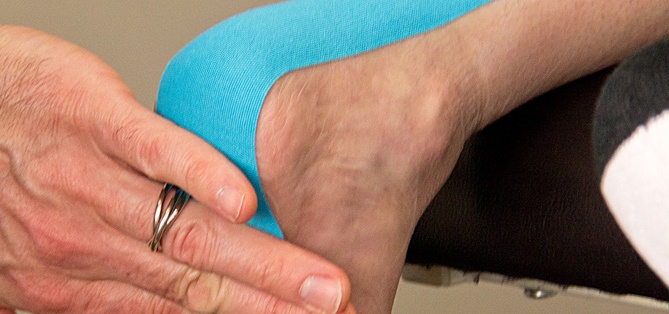


.webp)
